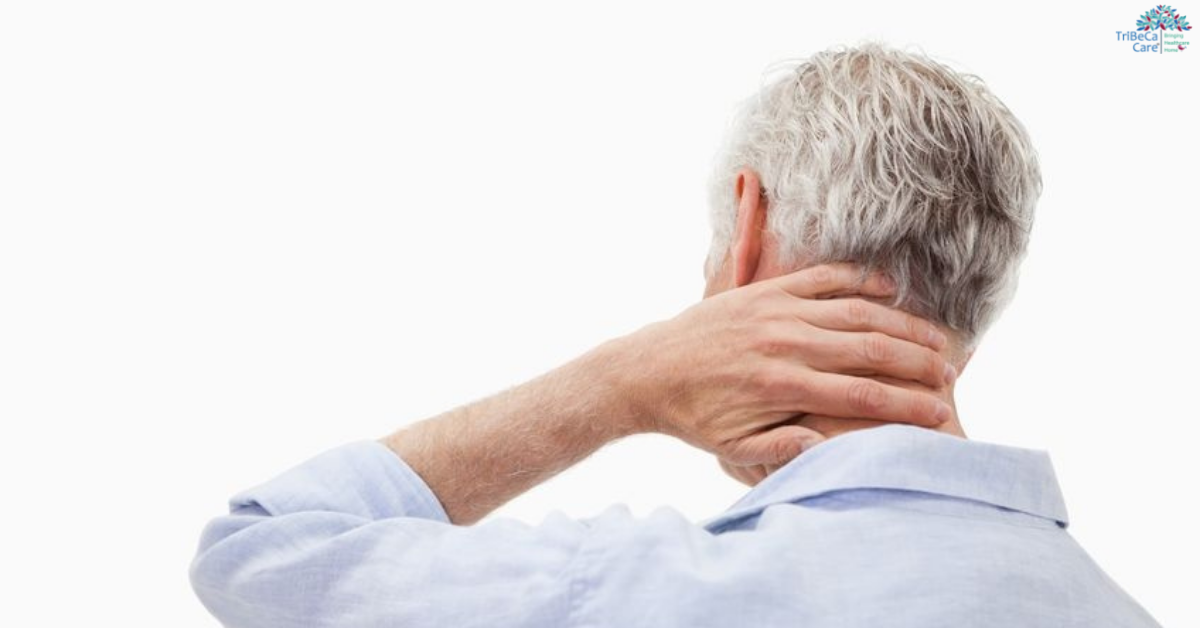With the advancement of age, various organs in our body suffer from wear and tear. Cervical spondylosis is one such condition of spinal disks that happens due to ageing. Noticeable signs may include bony projections or bone spurs growth that appear along the ages of bones. The primary reason for this condition is dehydration. Osteoarthritic symptoms appear as the spinal disks shrink due to dehydration.
Causes and symptoms of Cervical Spondylosis:
People with this condition may suffer from stiffness and pain in the cervical region. The cartilage, spinal discs, and ligaments in the neck region suffer from wear and tear. The disks function like a protective cushioning layer between the vertebrae. The results of this wearing down can manifests in different physical changes:
1. Degeneration:
With the advancement of age, the disks in the vertebral column may gradually degenerate. This causes a loss of volume in the disks, which makes the vertebrae susceptible to more bone-to-bone contact. The soft tissues also lose their elasticity over time. A person suffering from this condition may appear shorter due to thinning of the spinal disks.
2. Herniated disks:
Another effect of ageing is the wearing down of the external surface of the spinal disks. Cracks may appear on the disks and this condition is known as a herniated disk. The disks may press on the nerve roots or spinal tissues causing numbness or pain.
3. Bone spurs:
Bone spurs are bony growth near the joints. The degeneration of the spinal disks increases contact between the bones. The constant rubbing of the bone tissues wears down the vertebrae. In response to this, the body may end up creating excess bone tissues in the affected region. This condition is also known as osteophytes and can pinch on nerve endings in the spinal cord.
4. Osteoarthritis:
As people age, the cartilage in the joints of the vertebrae slowly degenerate. This is generally a progressive condition where the cartilage wears out faster in ageing people.
In most cases of cervical spondylosis, people do not notice any symptoms. However, pain and stiffness are some of the most common symptoms of this condition.
Due to the degeneration of the spinal discs the space needed to accommodate the spinal cord and spinal nerves gets narrower. Due to this condition, one may notice these symptoms:
- A tingling sensation or a feeling of weakness or numbness in the limbs.
- Difficulty moving due to poor coordination.
- Incontinence due to loss of bowel and bladder control.
- Headaches and spells of dizziness.
- Muscle spasms.
Common physiotherapy treatment for cervical spondylosis
Massage:
Body massages involve various techniques. With the superficial application of appropriate pressure, cervical pain can be considerably reduced. Massages are also effective in regulating blood flow, reducing swelling, promoting tissue growth, and providing relief from muscle spasms.
Mobilisation:
This is a therapeutic technique offered manually. It effectively promotes movement in stagnant joints and tissues. In this technique, the soft tissues in the joints are moved to restore a normal range of movement. This is also effective in relieving pain and lubricating the joints of the spinal vertebrae.
Manipulation:
This is also a manual therapeutic technique that is aimed to improve joint movements. But unlike mobilisation, this technique moves the joint beyond its normal range of movement with sharp and short thrusts.
Ultrasound therapy:
This therapy is commonly used to heal tissues. The passage of sound waves causes the tissues to oscillate in a certain frequency that is effective in regulating blood flow. It is used to treat the inflammation that is caused due to the herniation of spinal disks.
Interferential therapy:
In this therapy, two medium frequency currents are passed through the affected region simultaneously which creates an interference. Due to this, a beat frequency is generated which has the beneficial effect of low-frequency current stimulation. By varying the frequencies the physiotherapist can provide a range of treatments- promoting blood flow, stimulation of the spinal nerve, reduce pain and inflammation in the vertebral joints, etc.
Physiotherapy is highly effective in cervical spondylosis. However, in more severe cases, surgical treatment may be required.
We, at TriBeCa Care, care about you and your family. Our physiotherapy sessions are categorically structured to provide the elderly with the support that they deserve. If you have any further query then feel free to reach us. Call us at + 913366064208 or request a callback. Email us at enquiry@newwpsite.tribecacare.com

